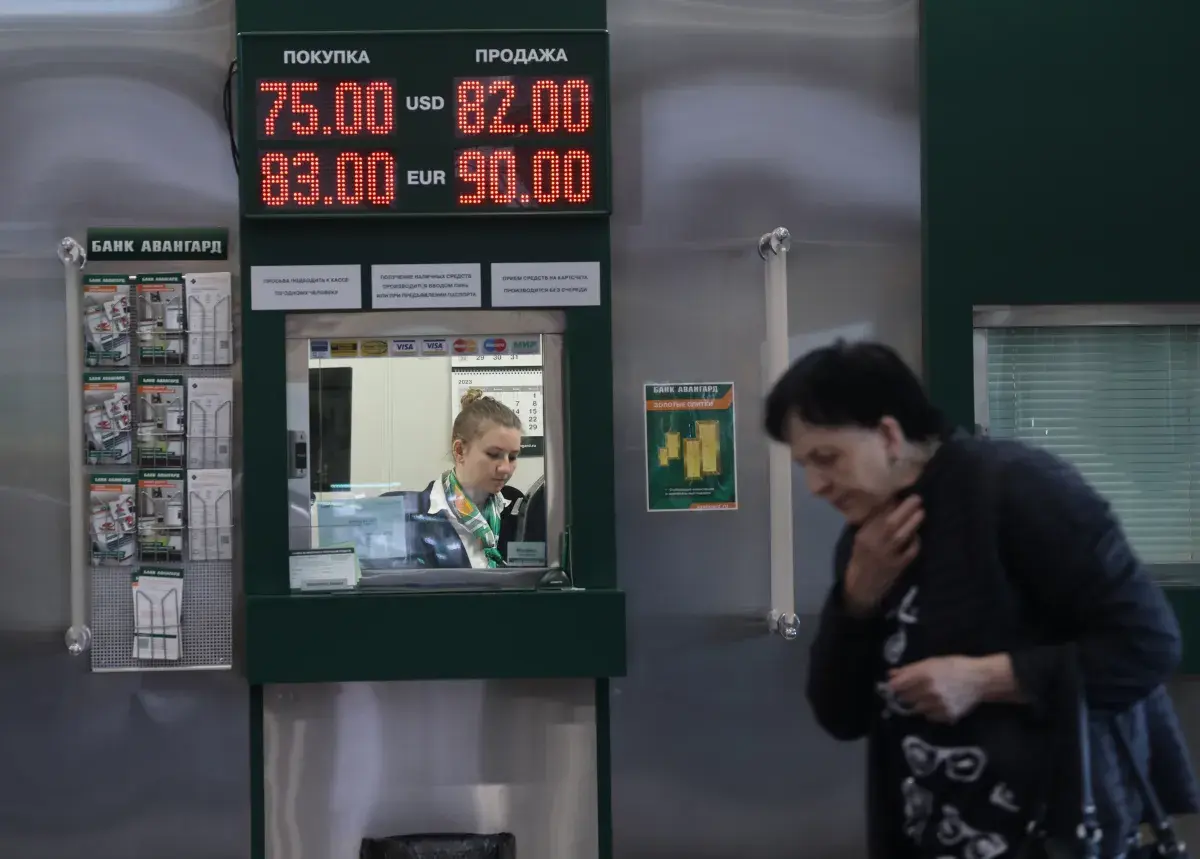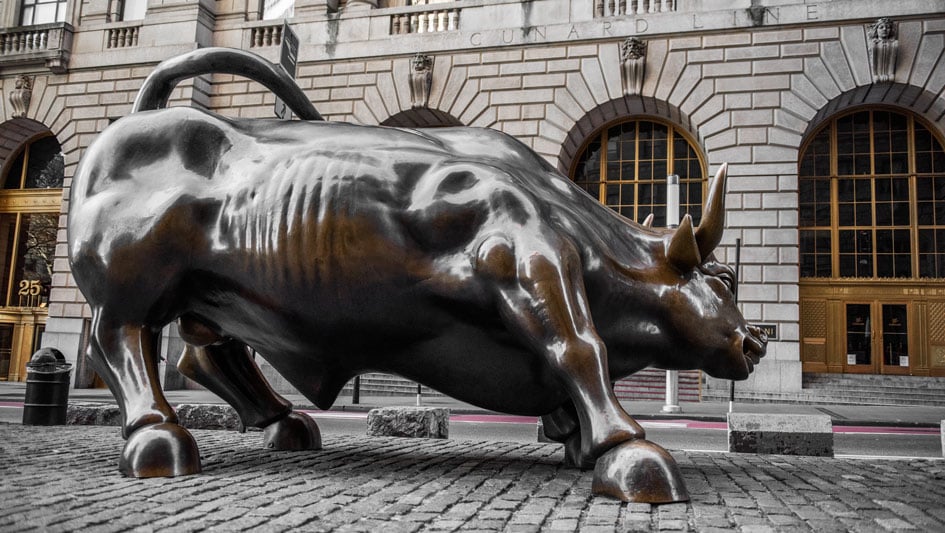Copyright Newsweek

Russia's wartime economy continues to face turmoil as a slump in growth amplified by sky-high interest rates and falling oil revenues takes its toll, according to an analysis. The Vienna Institute for International Economic Studies said after two years of relatively good growth fueled by President Vladimir Putin’s high military spending amid his full-scale invasion of Ukraine, Russia’s GDP will only grow by 1.2 percent this year. This is down from 4.3 percent last year and marks a 0.8 percent downward revision from the summer. Newsweek reached out to the Russian Finance Ministry for comment. Why It Matters Despite Western-led sanctions aimed at punishing Putin’s aggression in Ukraine, Russia’s economy has faced turbulence but has been resilient, helped in part by record military spending. Predictions of dwindling growth could pose a political problem for the Kremlin, and Finnish President Alexander Stubb said this week that economic threats, amplified by sanctions, should be used to bring Moscow to the negotiating table. What To Know In its autumn forecast for Central and Eastern Europe, the Vienna Institute for International Economic Studies said that a technical recession, defined by two consecutive quarters of negative growth, was only narrowly avoided in Russia this year. It said Russia's GDP growth for 2025 is forecast at 1.2 percent, down from 4.3 percent in 2024, with industrial production growing by 0.8 percent this year, almost entirely due to arms production. Vasily Astrov, a Russia expert at the Institute, said that the main reason for the slump in growth is the Russian Central Bank’s (CBR) overly restrictive monetary policy. Its key interest rate is at 17 percent, but between October 2024 and June 2025, it was set at 21 percent to curb inflation, prompting criticism from business leaders that this rate stifled investment. The official inflation rate has fallen to 4 percent, but Astrov said interest rates are still very high, even if further interest rate cuts are on the cards. He told Newsweek that even if the key rate were cut aggressively by up to five percentage points in the coming months, it could help. However, the chances of this happening were unlikely, given the CRB's priority of avoiding a rebound of inflation rather than stagnation. Russia is also facing lower revenue from oil exports due to lower prices, and its economy is operating at full capacity in many areas, according to the analysis. Astrov said that new growth would require investment in greater productivity, but this is stagnating. Investment in new machinery and equipment, which is normally the biggest driver of modernization and productivity gains, had stabilized at the relatively low prewar level of 2021, he added. Russia will this year record its largest budget deficit since the COVID-19 pandemic and will be able to borrow only domestically, the analysis said. But with high interest rates, the government must save and increase revenue, which has already led to a rise in taxes on private income and corporate profits. In 2026, value-added tax (VAT) will also rise, with the annual revenue threshold for VAT tax breaks for small businesses being cut to 10 million rubles ($123,000) from 60 million rubles next year, pending parliamentary approval. Declining government spending and tax increases will also slow growth, added Astrov. What People Are Saying Vasily Astrov, senior economist at the Vienna Institute for International Economic Studies, told Newsweek: “If the key rate is cut aggressively, say, by 4 to 5 percent over the next few months, that could help. Having said that, the chances of this scenario materializing are fairly low.” He added: “The central bank seems to be concerned now more about a potential rebound of inflation rather than stagnation he So, even if the policy rate is cut, it will not be by much.” What Happens Next There will be anticipation over another key interest rate cut when the CRB meets again on Friday. Meanwhile, a lobby group for small Russian businesses has called on parliament not to pass the new tax regime, which includes cutting the annual revenue threshold for VAT tax break, a move that pushes many firms to the wall.



